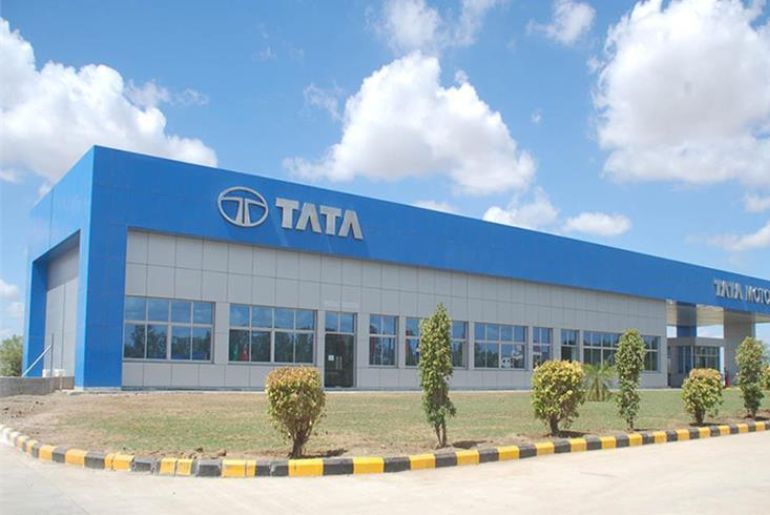Tata Motors wants to provide a broad range of technological choices in the field of electric mobility.
Tata Motors has advised investors that it intends to provide motors ranging from 500 volts at present to 800 volts in the mid-term, with an eye towards over 1000-volt motors in the long run. This move is intended to expedite the localization of the company’s essential components.
In the medium term, the company is investigating battery architectures ranging from modules to cell packs, and in the long run, they are even considering placing cells on the chassis.
Large trucks, small commercial vehicles, and passenger cars would all be able to use these solutions, according to Tata Motors Chief Technology Officer Rajendra Petkar.
Petkar’s presentation also discussed offering a Battery Management System that transitions from Wired to Wireless and eventually integrates into vehicle power electronics.
“There is a focused effort for localization of EV aggregates with advanced features,” highlighted the slide from Petkar.
As per the investor presentation, Tata Motors plans to move from the current Combined Charging System (CCS) to flash charging for its passenger cars and pantograph-based charging for its electric buses.
Additionally, Petkar said that Tata Motors is looking to incorporate Megawatt charging systems (MCS) into commercial electric vehicles such as heavy-duty vehicles (HGVs) and buses that require a lot of power to ensure minimal downtime and maximum efficiency.
Sharing Tata Motors’ roadmap for Advanced Driver Assistance Systems (ADAS), Petkar informed that this will be an improvement from forward collision warning technologies such as keep lane assist, lane centering, adaptive cruise control, and road signs recognition for Medium and Heavy Commercial Vehicles (MCHVs) & Intermediate and Light Commercial Vehicles (ILCVs).
Furthermore, Tata Motors may consider implementing “highway platooning,” involving the use of electronic and mechanical coupling, to adjust distances between cars or trucks. The company may also consider incorporating a driver-assist feature called a Moving Off Information System (MOIS) to detect and alert drivers to the presence of pedestrians and cyclists in the vehicle’s forward blind spot.
These features use sensors installed on the front and sides of the cab to detect potential collisions and send alerts to the driver. If the system detects a collision risk, it will alert the driver with a warning signal.
The use of higher voltage batteries combined with higher voltage chargers will also allow the OEM to improve range significantly and charging time by 2 to 4 times from a sub-500-volt architecture, said Randheer Singh of ForeSee Advisors. ForeSee Advisors works with India’s leading OEMs and battery manufacturers.
Furthermore, Singh explained that the higher-voltage architectures will contribute to greater vehicle efficiency by reducing vehicle weight and heat loss.
Flash-charging technology allows for rapid charging during brief stops, improving operational efficiency and saving fleet operators money.
Pantograph-based charging involves physically connecting the vehicle to the charger via a cable, similar to local and long-distance trains that draw electricity from overhead wires.
“This type of charging is recommended for batteries with high energy density and allows for easy installation at the depots where buses stand for charging,” Singh added.

